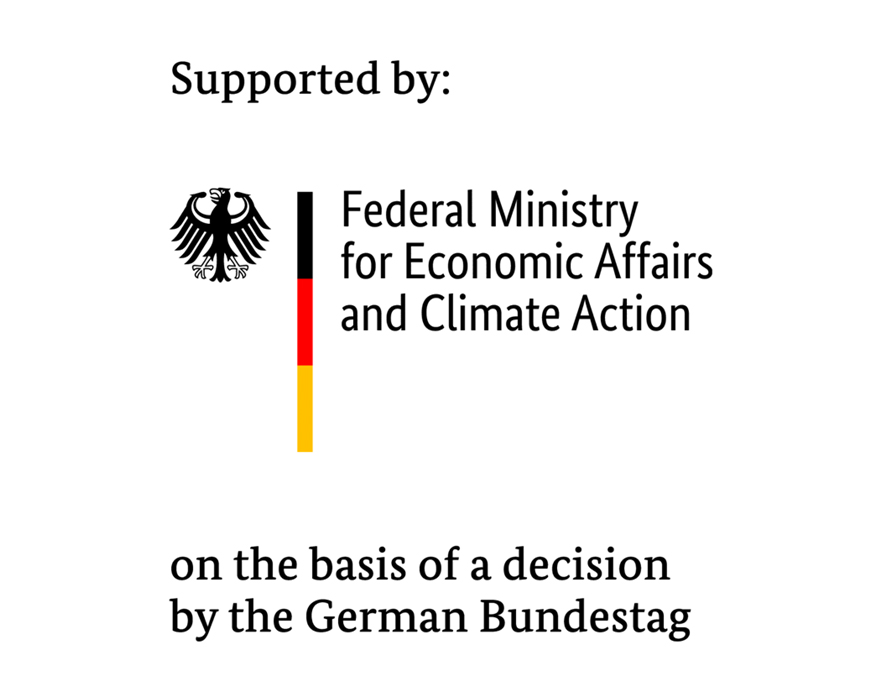| Funding: | Federal Ministry for Economic Affairs and Climate Action (BMWK), Project Management Jülich (PTJ) |
| Partners: | GTF Freese, Abeking&Rasmussen, yachtwerft meyer, HSVA, ISAT Coburg University |
| Duration: | 01/2019 - 12/2022 |
The use of innovative materials plays a central role in the maritime sector – first and foremost, these materials must be resilient and lightweight. Sprayable foams satisfy these demands. The objective of the MegayachtSchaum project is to develop and test a new coating system based on epoxy foam.
The system based on a hybrid structure should be at least as resilient as the previously used filler systems and, moreover, boast improved material properties. This will enable material defects to be reduced and resilience to thermal and mechanical loads to be improved. Furthermore, the material should be sprayable and lighter.
In addition to the material aspects, the focus will also be on process optimizations: the material is to be applied by machine and the milling and grinding after the curing process should also be performed fully automated – three steps which were previously performed by hand.
Within the framework of this project, researchers from IWES will be assessing the capability and performance of the new coating system. The material properties of the composite material will be specified by means of experimental component testing in order to develop structure and material models. The models will then be transferred into a numerical simulation so as to examine the initiation of damage at material transitions. The new hybrid system will be tested for the maritime sector to determine its resilience vis-à-vis impact loads such as the penetration of water through surface cracks and corrosion at the interface to the hull.
The testing and monitoring methods have been specially developed for the hybrid composite material and are thus ideally tailored to its material properties. The results will not only be of interest to the yacht sector but also to foam and laminate manufacturers in the field of rotor blade production.
